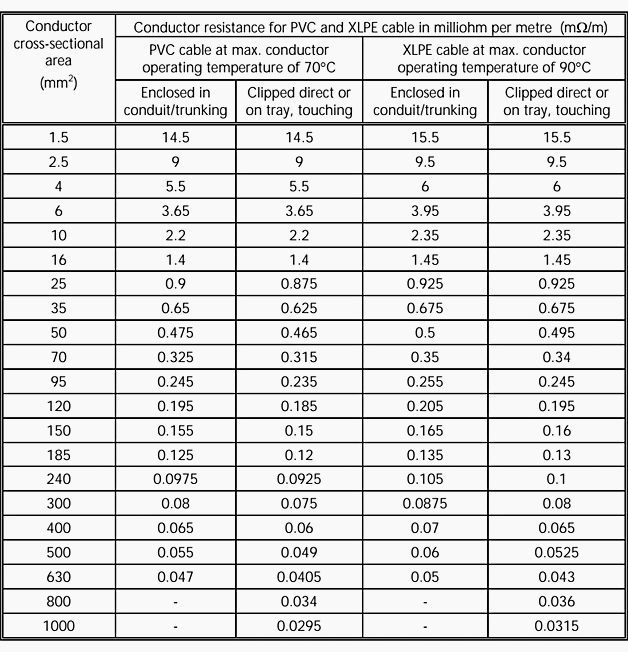
Is it safe to run a short 2 to 4 ft length of 6 AWG wire and connect that to the 4 AWG.

It appears that the 15A and 20A circuit breakers for this panel only accept a maximum size of 6 AWG. The panel where the circuit will originate is a Siemens G2040. 4 AWG is the wire size for 60 amp 220V that most pros will recommend. AWG copper wire is the 60 amp sub panel wire size if the mains 150 feet. Note: View additional wire size charts from the list below. Due to length, 4 AWG is called for to hold voltage drop within 3. Sub panel wire size & Amp rating chart: Amp rating Aluminum wire gauge size (AWG). Wire Size Chart and Maximum Amp Ratings Source: NFPA 70, National Electrical Code, Table 310.15(B)(16) SIZE The wire size chart below shows allowable ampacities of insulated conductors rated up to and includingĢ000 Volts, 60☌ through 90☌ (140☏ through 194☏), not more than three current-carryingĬonductors in raceway, cable, or earth (directly buried), based on ambient air temperature of 30☌ (86☏). What Size Wire Do I Need To Run 60 Amps 100 Feet As a rule of thumb, a 60-amp cable with 100 ft length will experience a 20 voltage drop.

#60 amp aluminum wire size professional
Meanwhile, a professional engineer or electrician will always utilize a 4 AWG wire size for that case. The number of devices connected to the circuit usually determines how much current will flow through the wire. For 60 amps at 220V, an amateur will utilize wire size 6 AWG. As an example, for a 120-volt circuit, you can run up to 50 feet of 14 AWG cable without exceeding 3. The following are the maximum lengths of cable you can use while still maintaining a 3 percent voltage drop for the given wire size (AWG) and circuit voltage. It is important to pick the correct size of wire so that the wire doesn't overheat. This is a good goal to shoot for when sizing the conductors for an underground cable. Limit that a wire can handle before damage occurs. Each wire size, or wire gauge (AWG), has a maximum current


 0 kommentar(er)
0 kommentar(er)
